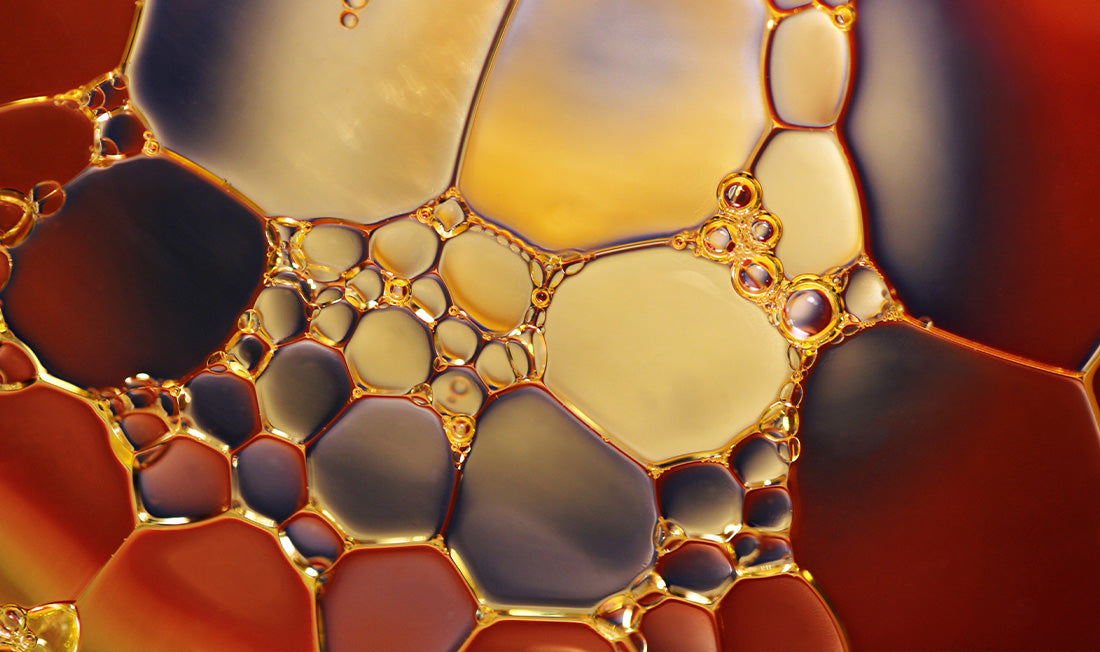When it comes to soil amendments, humic acids are a popular choice. But did you know that not all humic acids are created equal? In this blog post, we'll dig into all things humic. Soil scientists and farmers have been using these products for years. There’s no simple way of discussing humic acids, so buckle up and read on to learn more.

Humic acids are part of a larger entity called soil humus. Humus is composed of humic substances, like humic acid. Humic substances, which make up humus, are high molecular weight compounds. Many humic substances are heterogeneous, large, stable, organic complexes. Humus is a major component of soil organic matter and plays an important role in soil fertility. Humus provides the soil with structure, cation and anion exchange capacity, mineral chelation, water-holding capacity, and porosity. So it is clear to see why soil humus is important for healthy soils.
The humic substances that makeup humus can be divided into three categories, 1) Humin; 2) Humic acids; 3) Fulvic acids. These three fractions are classified by their solubility in water of varying pH values. The pH of a substance expresses the acidity or alkalinity of that substance (<7 acid, =7 neutral, >7 alkaline). Each of the three compounds possesses different characteristics that determine their own unique suitability as a soil amendment.

Humins - Humin is not soluble in water of any pH. These are considered very large molecules with high molecular weights. According to Pettit (2004), “some of the main functions of humins within the soil are to improve the soil's water-holding capacity, to improve soil structure, to maintain soil stability, to function as a cation exchange system, and to generally improve soil fertility. Because of these important functions, humin is a key component of fertile soils.”
Humic Acids -These compounds are soluble in water at any pH above 2. Humic acids have a variable, and complex structure and a molecular size smaller than that of humin (Pettit, 2004). Pettit (2004) states “humic acids (HAs) readily form salts with inorganic trace mineral elements. An analysis of extracts of naturally occurring humic acids (HAs) will reveal the presence of over 60 different mineral elements present. These trace elements are bound to humic acid molecules in a form that can be readily utilized by various living organisms. Humic acids (HAs) function as important ion exchange and metal complexing (chelating) systems.” Adding humic acid to your soil may help increase mineral availability to your lawn.
Fulvic Acids - Fulvic acids are soluble in water at all pH conditions (acidic, neutral and alkaline). Their composition and shape are quite variable and their molecular weight is smaller than humic acids. Fulvic acids are more chemically reactive than humic acids. The exchange capacity of fulvic acids (FAs) is more than double that of humic acids (HAs) (Pettit, 2004).

Now that we know more about humic acid and humic substances, we can dive into sources of humic acids. Carbon-containing minerals like brown coal, lignites, and Leonardites are some common sources of humic substances. Fertilizer-grade humic substances are often obtained from these sources. Pettit (2004) states, “naturally occurring humic substances from low-grade lignites and leonardites (nature's soil conditioners), are superior fertilizer ingredients. The best source of humic substances for fertilizer use is leonardites. Leonardite is defined as a highly oxidized low-grade lignite that contains a relatively high concentration of the smaller molecular units (fulvic acids (FAs)). The smaller humic acid (HA) and fulvic acid (FA) molecules have higher fertilizer value and are readily taken into the plant along with trace minerals.” Simple Lawn Solutions’ humic acid is obtained from this very source, leonardite shale.

If you’re ready to start increasing the productivity of your soil, considering looking into one of the many humic acid-containing fertilizers from Simple Lawn Solutions. Even though there are many products on the market that claim to contain humic acid, not all of them are created equal. The quality of the source material and the manufacturing process can have a big impact on the final product. If you're looking for a high-quality source of humic acid, be sure to contact us today.









